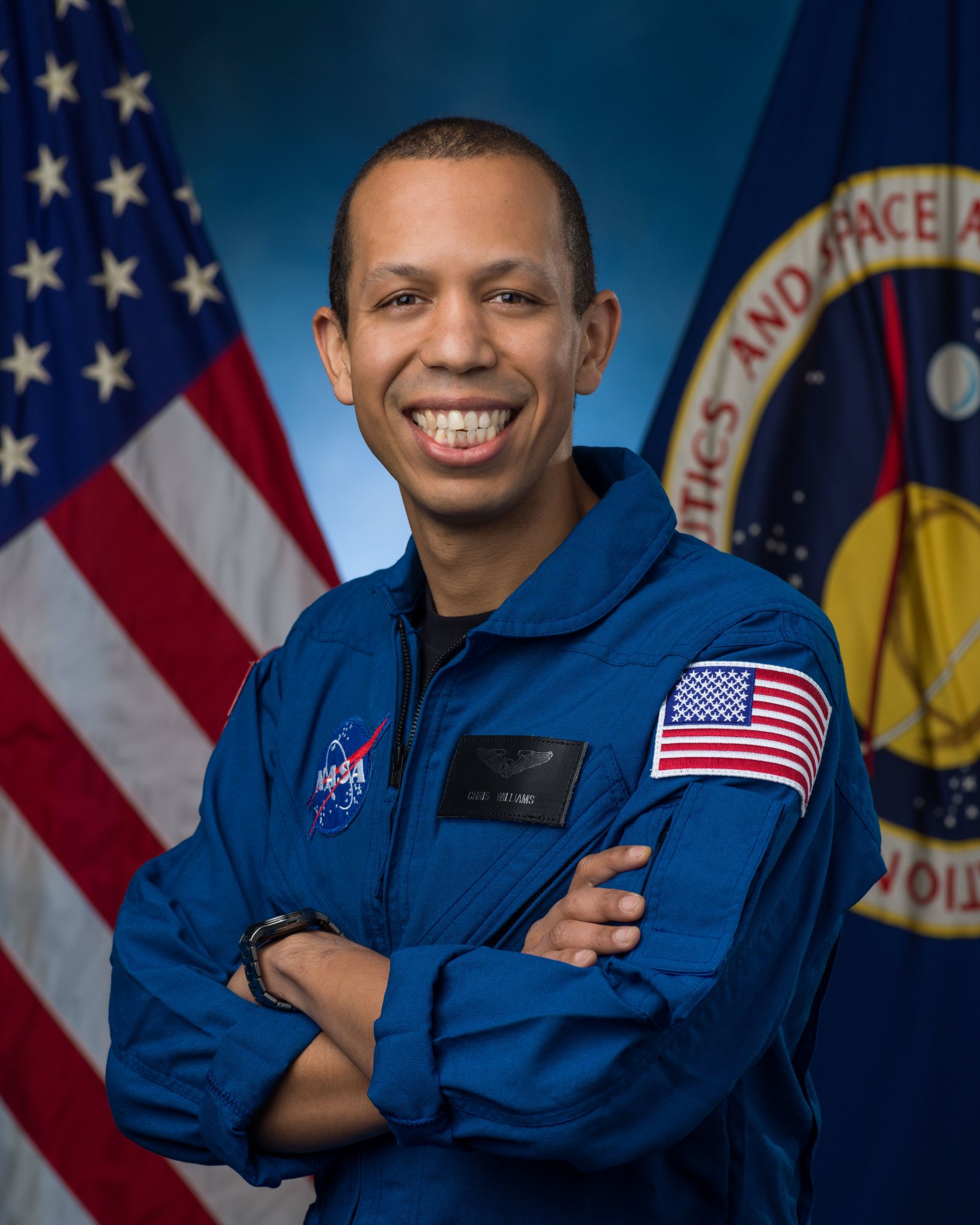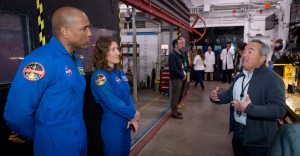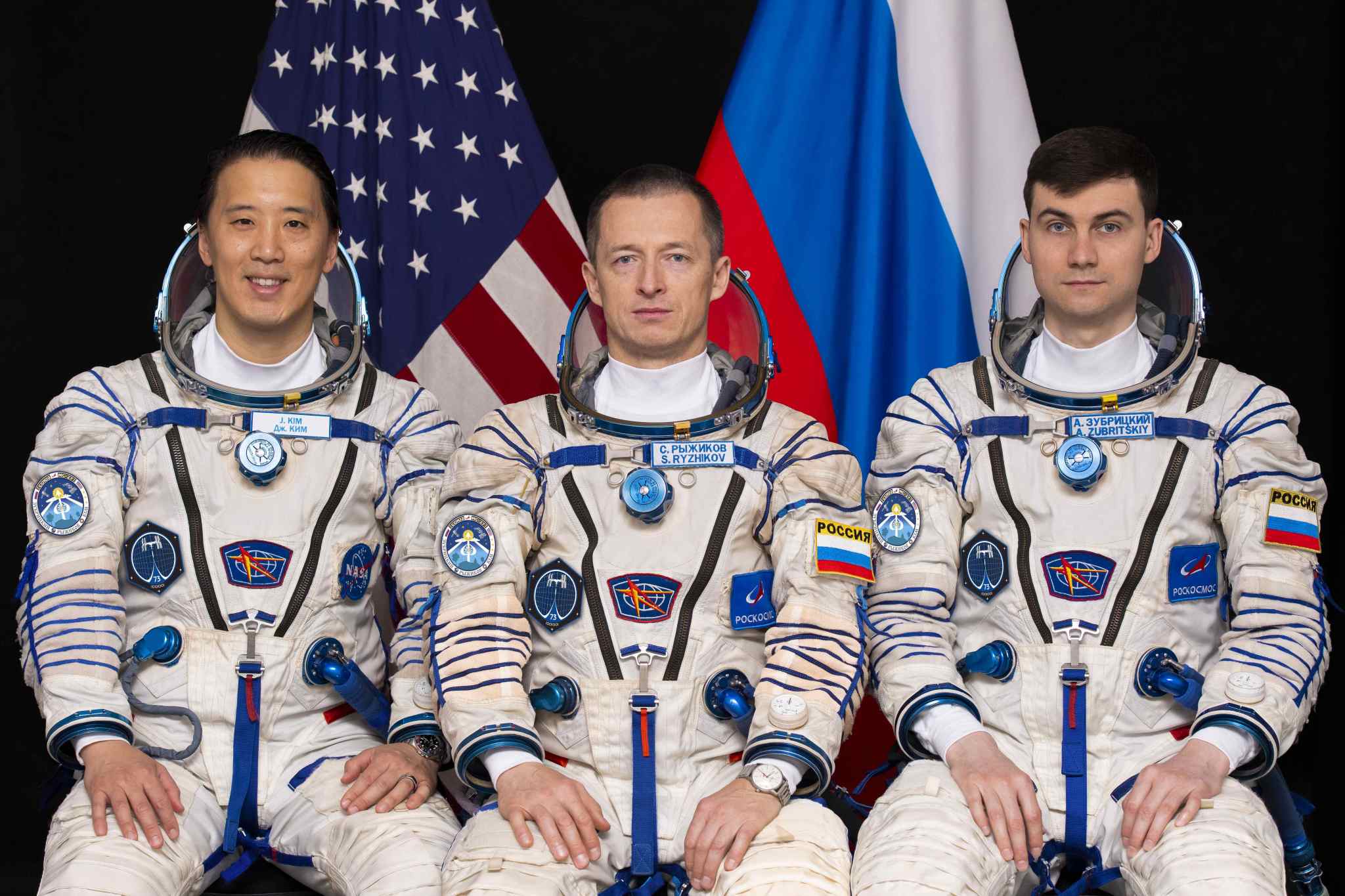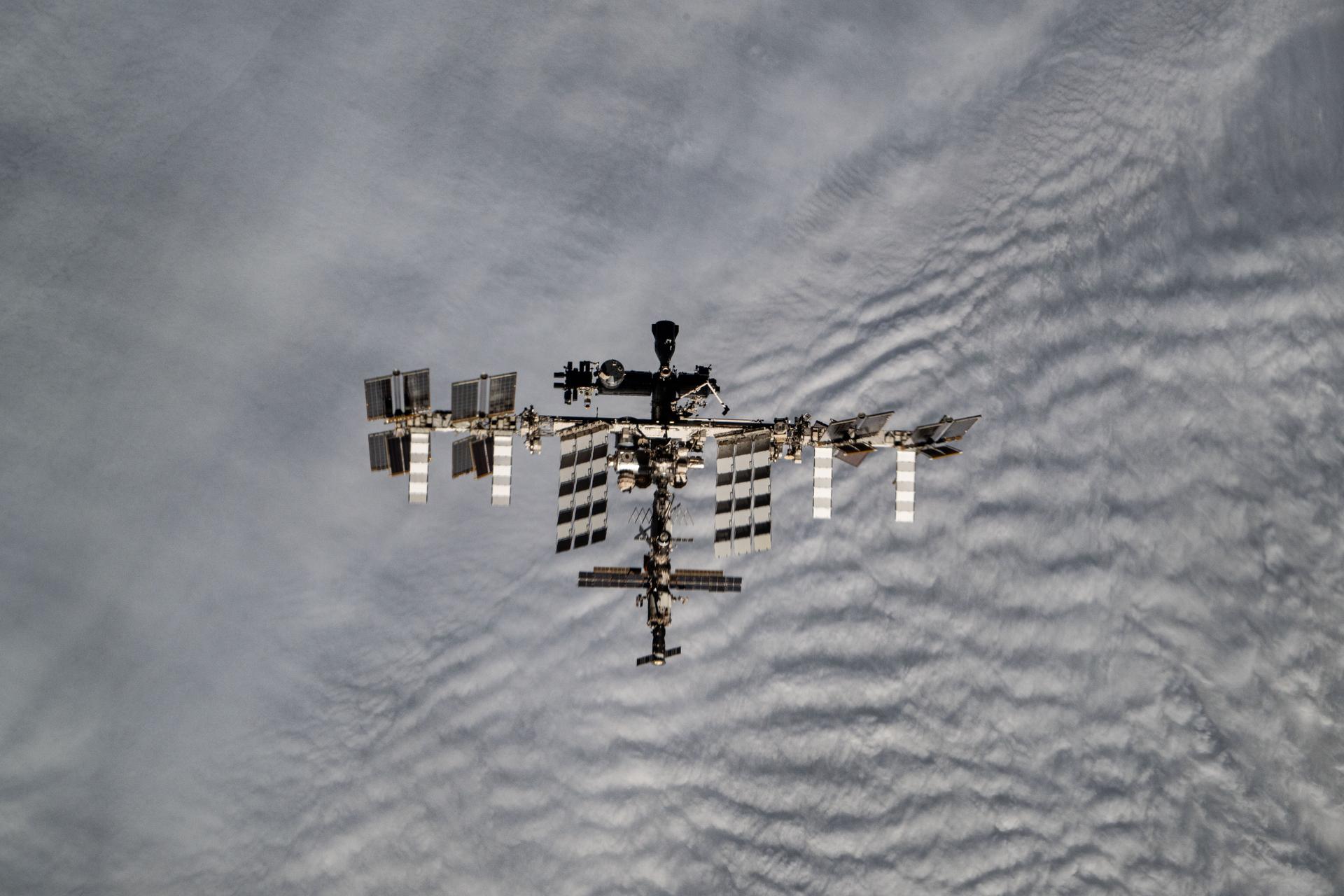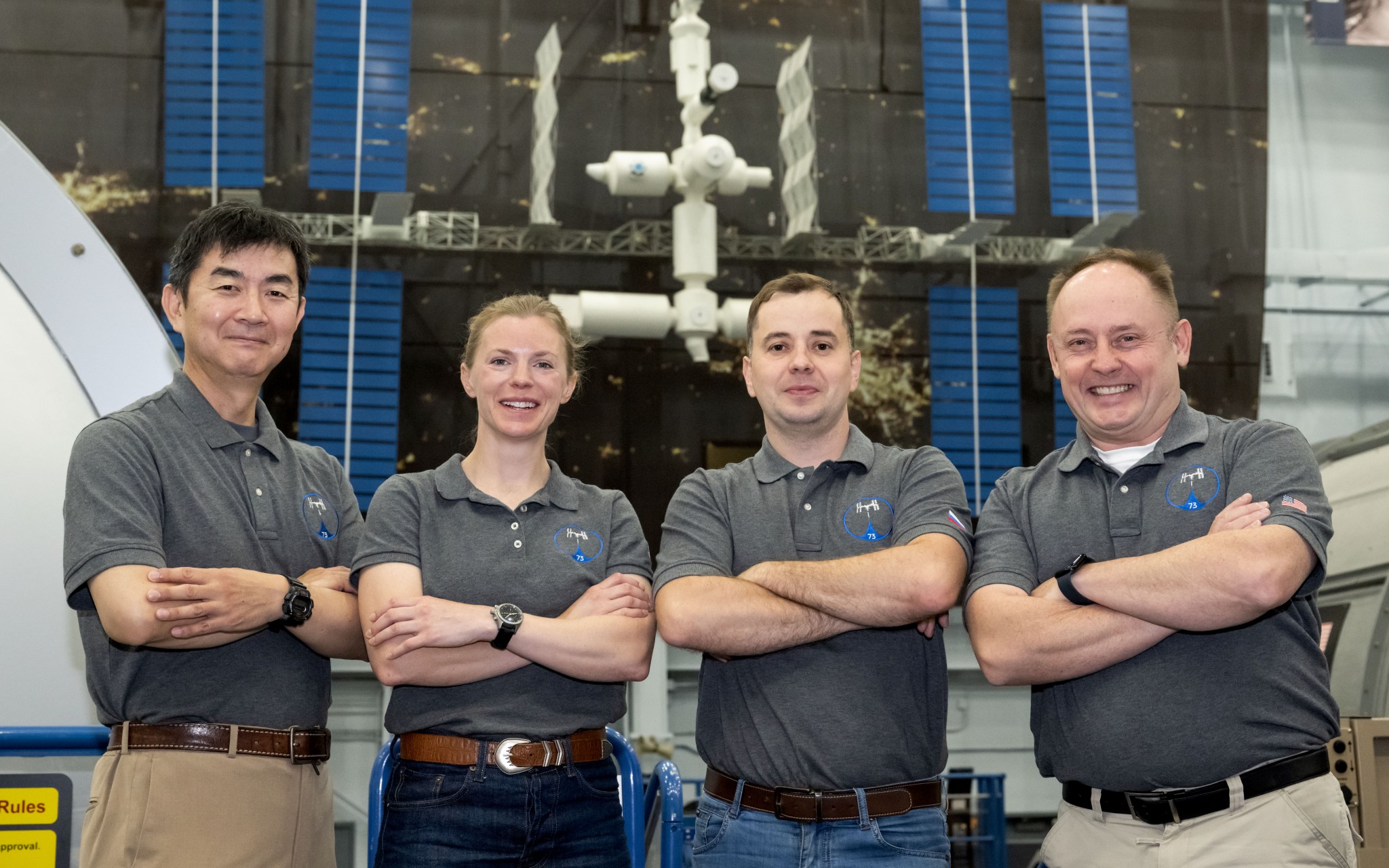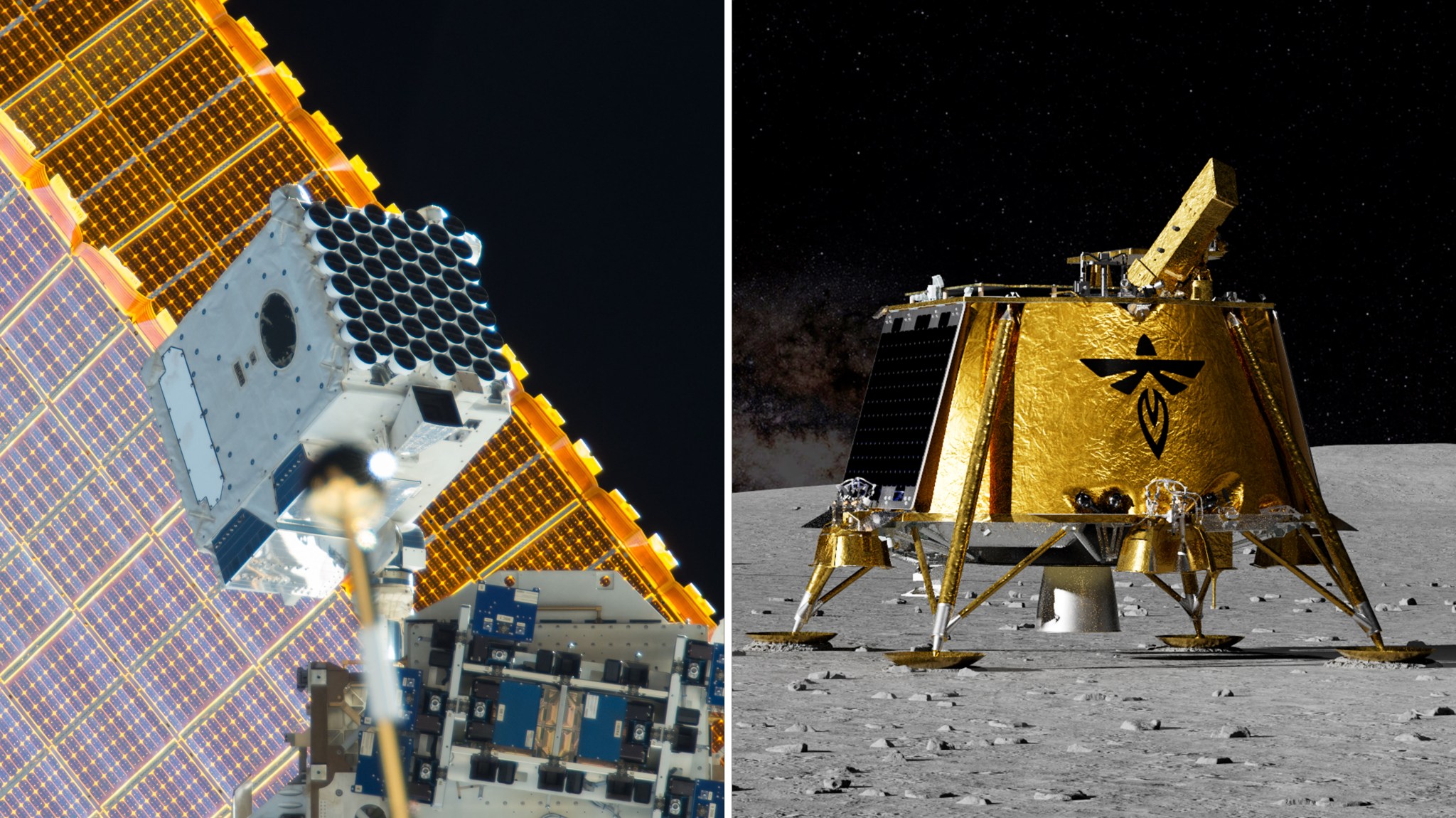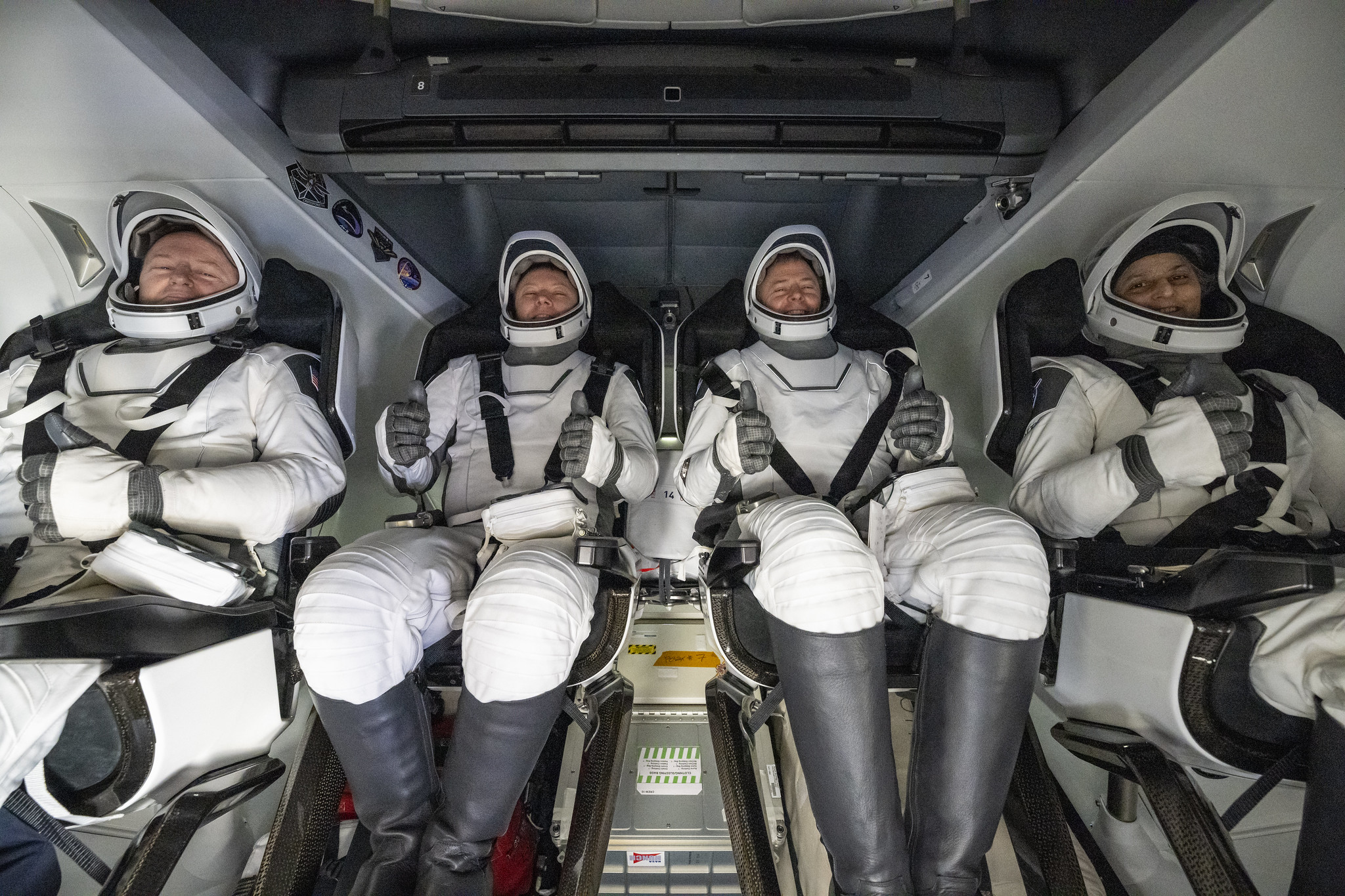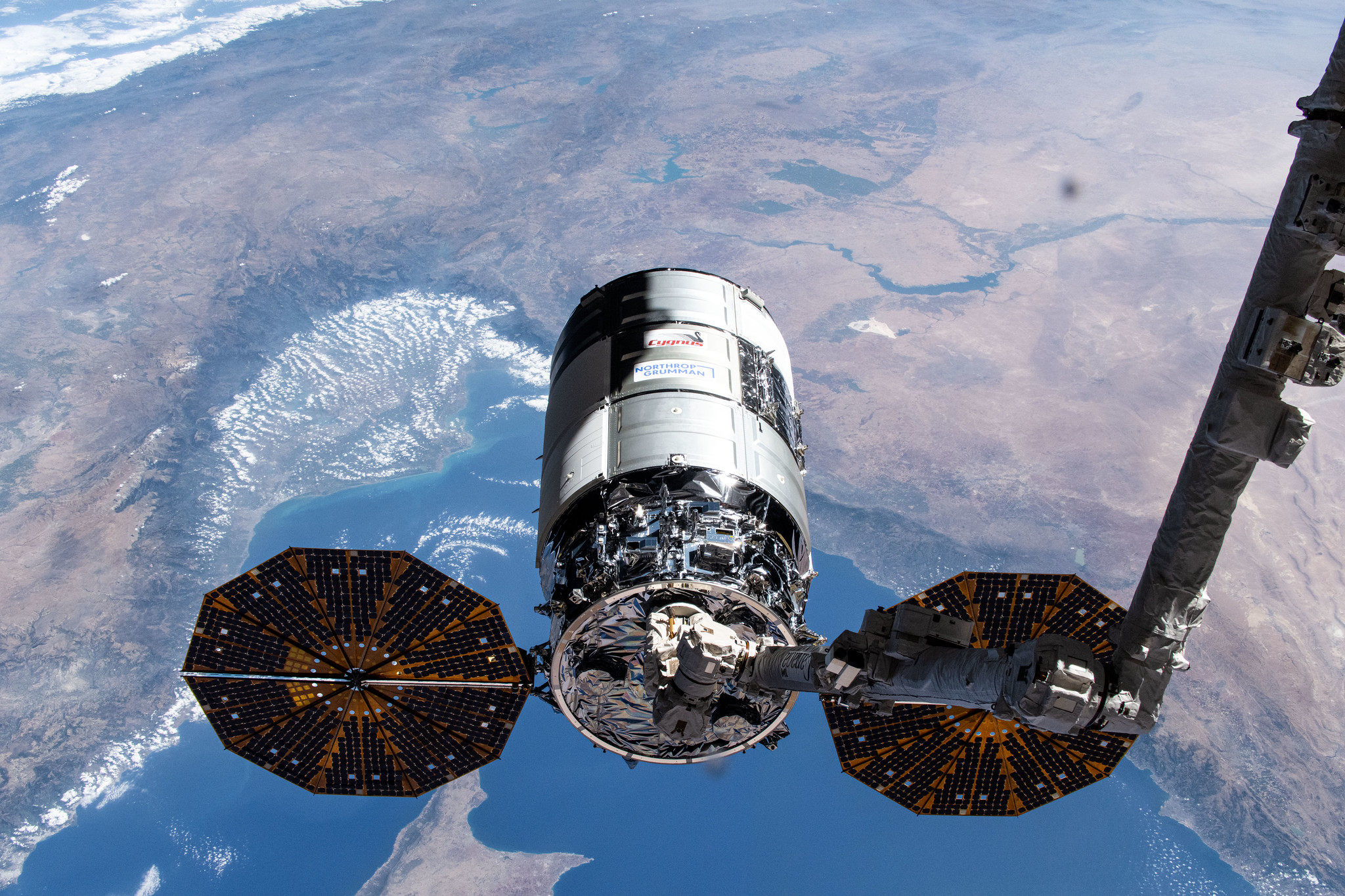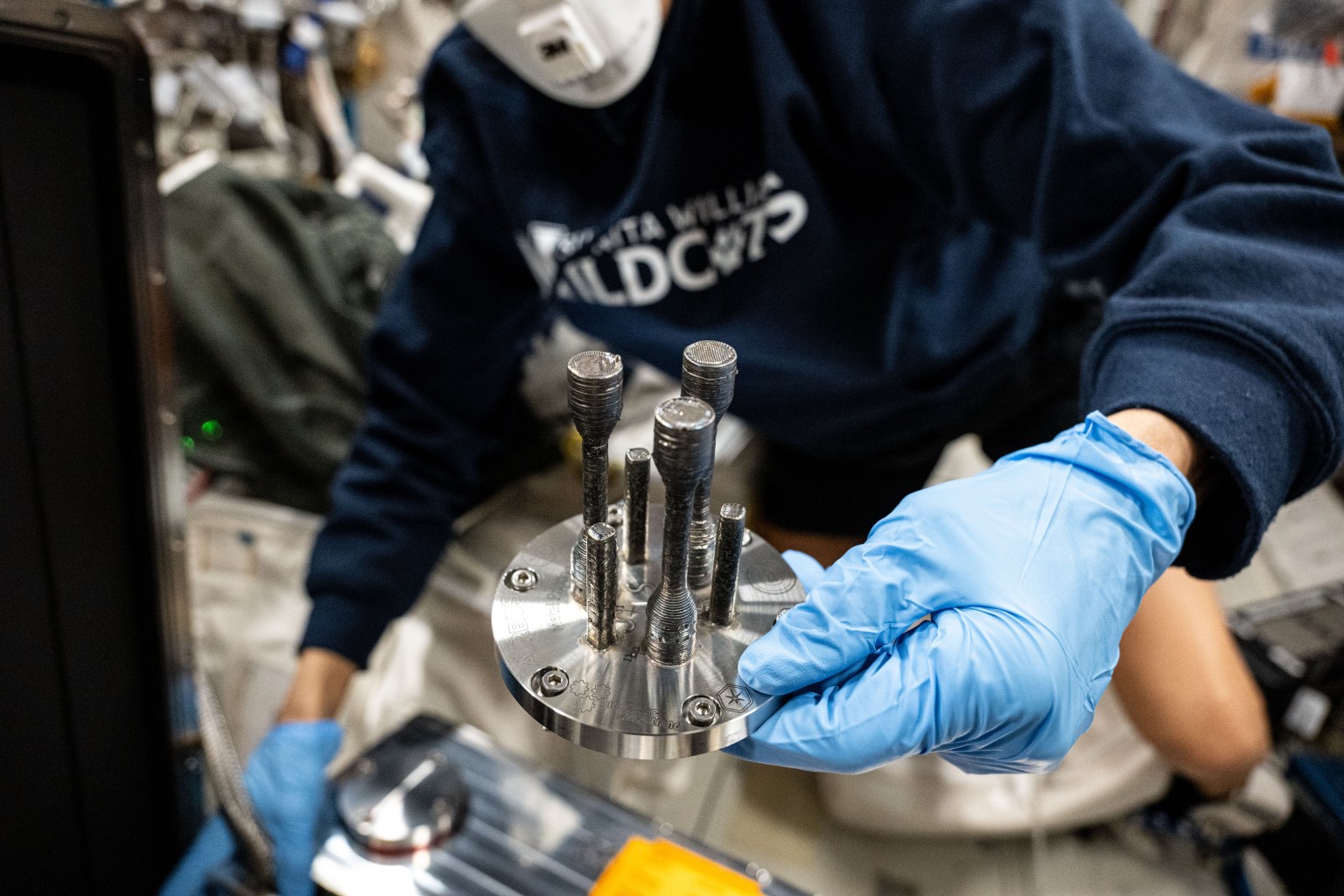NASA astronaut Christopher Williams poses for a portrait at NASA’s Johnson Space Center in Houston, Texas. Credit: NASA NASA astronaut Chris Williams will embark on his first mission to the International Space Station, serving as a flight engineer and Expedition 74 crew member. Williams will launch aboard the Roscosmos Soyuz MS-28 spacecraft in November, accompanied by Roscosmos cosmonauts Sergey Kud-Sverchkov and Sergei Mikaev. After launching from the Baikonur Cosmodrome in Kazakhstan, the trio will spend approximately eight months aboard the orbiting laboratory. During his expedition, Williams will conduct scientific investigations…
Read MoreTag: International Space Station (ISS)
What Are the Dangers of Going to Space? We Asked a NASA Expert: Episode 55
2 min read Preparations for Next Moonwalk Simulations Underway (and Underwater) What are the dangers of going to space? For human spaceflight, the first thing I think about is the astronauts actually strapping themselves to a rocket. And if that isn’t dangerous enough, once they launch and they’re out into space in deep exploration, we have to worry about radiation. Radiation is coming at them from all directions. From the Sun, we have solar particles. We have galactic cosmic rays that are all over in the universe. And those cause…
Read MoreNASA Sets Coverage for Crew Launch to Join Station Expedition 72/73
The Roscosmos Soyuz MS-27 spacecraft will launch from the Baikonur Cosmodrome in Kazakhstan to the International Space Station with (pictured left to right) NASA astronaut Jonny Kim and Roscosmos cosmonauts Sergey Ryzhikov and Alexey Zubritsky. Credit: Gagarin Cosmonaut Training Center NASA astronaut Jonny Kim will launch aboard the Roscosmos Soyuz MS-27 spacecraft to the International Space Station, accompanied by cosmonauts Sergey Ryzhikov and Alexey Zubritsky, where they will join the Expedition 72/73 crew in advancing scientific research. Kim, Ryzhikov, and Zubritsky will lift off at 1:47 a.m. EDT Tuesday, April…
Read MoreNASA Continues Support for Private Astronaut Missions to Space Station
3 min read Preparations for Next Moonwalk Simulations Underway (and Underwater) The International Space Station is pictured from the SpaceX Dragon spacecraft by a Crew-8 member shortly after undocking from the Harmony module’s space-facing port as the orbital outpost was soaring 272 miles above the cloudy Patagonia region of South America. NASA NASA is seeking proposals for two new private astronaut missions to the International Space Station, targeted for 2026 and 2027, as the agency continues its commitment to expanding access to space. These private missions enable American commercial companies…
Read MoreNASA Shares SpaceX Crew-11 Assignments for Space Station Mission
NASA’s SpaceX Crew-11 members stand inside the Space Vehicle Mockup Facility at the agency’s Johnson Space Center in Houston. From left are Mission Specialist Kimiya Yui from JAXA (Japan Aerospace Exploration Agency), Commander NASA astronaut Zena Cardman, Mission Specialist Oleg Platonov of Roscosmos, and Pilot NASA astronaut Mike Fincke. Credit: NASA As part of NASA’s SpaceX Crew-11 mission, four crew members from three space agencies will launch in the coming months to the International Space Station for a long-duration science expedition aboard the orbiting laboratory. NASA astronauts Commander Zena Cardman…
Read MoreInvestigaciones de la NASA en la estación espacial ayudan a impulsar la ciencia lunar
En esta ilustración se muestra al telescopio NICER (a la izquierda) montado en la Estación Espacial Internacional y al telescopio LEXI (a la derecha) sujeto a la parte superior del módulo Blue Ghost de Firefly Aerospace. NASA/Firefly Aerospace La Estación Espacial Internacional sustenta una amplia gama de actividades científicas, desde la observación de nuestro universo hasta el logro de avances en investigaciones médicas, y es un campo de pruebas activo en la tecnología para futuras misiones de exploración en la Luna y más allá. La misión Blue Ghost 1 de Firefly…
Read MoreNASA Invites Media to SpaceX’s 32nd Resupply Launch to Space Station
The SpaceX Falcon 9 rocket carrying the Dragon spacecraft lifts off from Launch Complex 39A at NASA’s Kennedy Space Center in Florida on Nov. 4, 2024, on the company’s 31st commercial resupply services mission for the agency to the International Space Station. Credit: SpaceX Media accreditation is open for the next launch to deliver NASA science investigations, supplies, and equipment to the International Space Station. NASA and SpaceX are targeting no earlier than Monday, April 21, to launch the SpaceX Dragon spacecraft on the company’s Falcon 9 rocket from Launch…
Read MoreNASA’s SpaceX Crew-9 Astronauts to Discuss Science Mission
NASA astronaut Butch Wilmore, left, Roscosmos cosmonaut Aleksandr Gorbunov, second from left, and NASA astronauts Nick Hague, second from right, and Suni Williams, right, are seen inside a SpaceX Dragon spacecraft shortly after splashing down off the coast of Florida, Tuesday, March 18, 2025. NASA’s SpaceX Crew-9 mission returned from a long-duration science expedition aboard the International Space Station. Photo Credit: (Credit: NASA). NASA/Keegan Barber After completing a long-duration stay aboard the International Space Station, NASA’s SpaceX Crew-9 astronauts will discuss their science mission during a postflight news conference at…
Read MoreNASA to Cover Northrop Grumman’s 21st Cargo Space Station Departure
Northrop Grumman’s Cygnus spacecraft is pictured in the grips of the Canadarm2 robotic arm shortly after its capture Credit: NASA After delivering more than 8,200 pounds of supplies, scientific investigations, commercial products, hardware, and other cargo to the orbiting laboratory for NASA and its international partners, Northrop Grumman’s uncrewed Cygnus spacecraft is scheduled to depart the International Space Station on Friday, March 28. Watch NASA’s live coverage of undocking and departure at 6:30 a.m. EDT on NASA+. Learn how to watch NASA content through a variety of platforms, including social…
Read More3D Printing: Saving Weight and Space at Launch
4 Min Read 3D Printing: Saving Weight and Space at Launch The first metal part 3D printed in space. Credits: ESA Science in Space March 2025 Additive manufacturing, also known as 3D printing, is regularly used on the ground to quickly produce a variety of devices. Adapting this process for space could let crew members create tools and parts for maintenance and repair of equipment on the spot, rather than trying to bring along every item that might be needed. The ability to manufacture things in space is especially important…
Read More